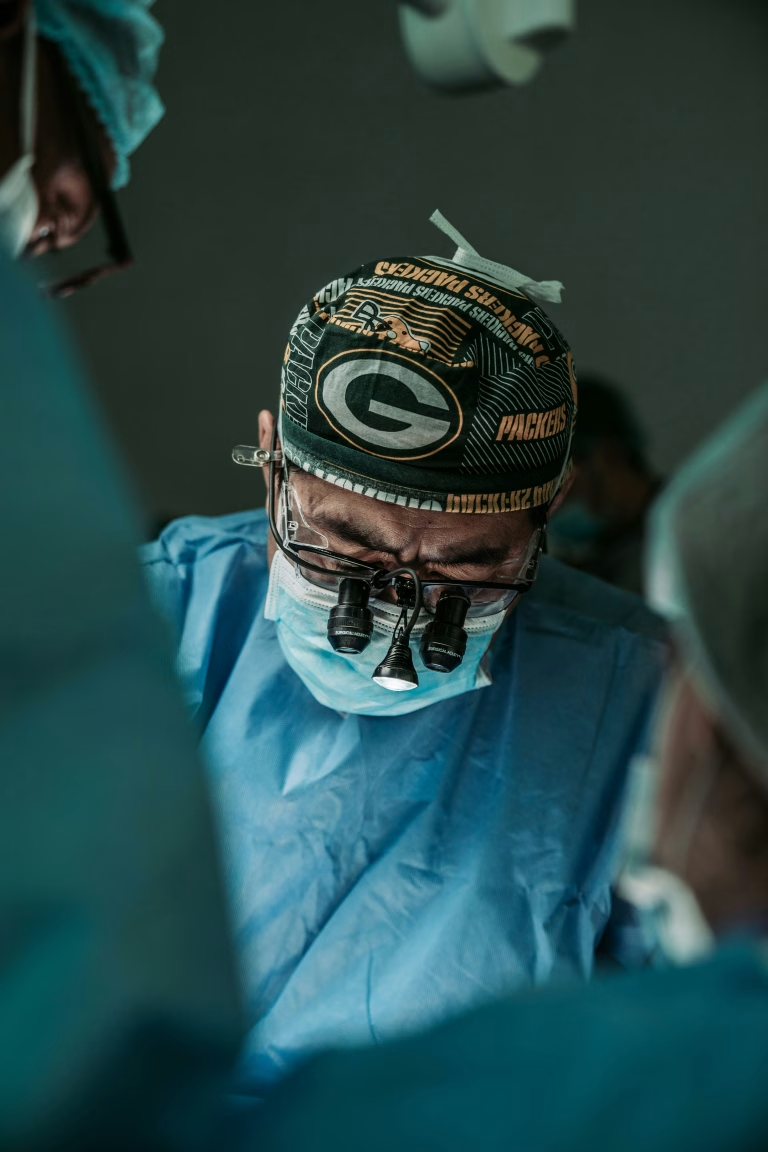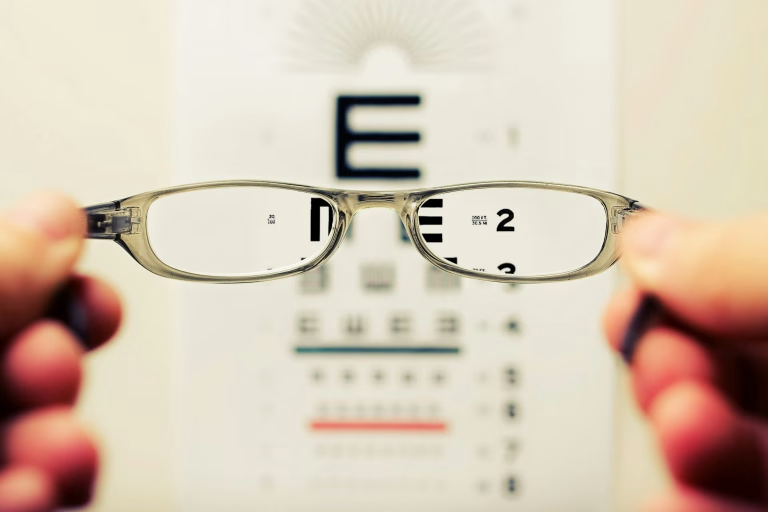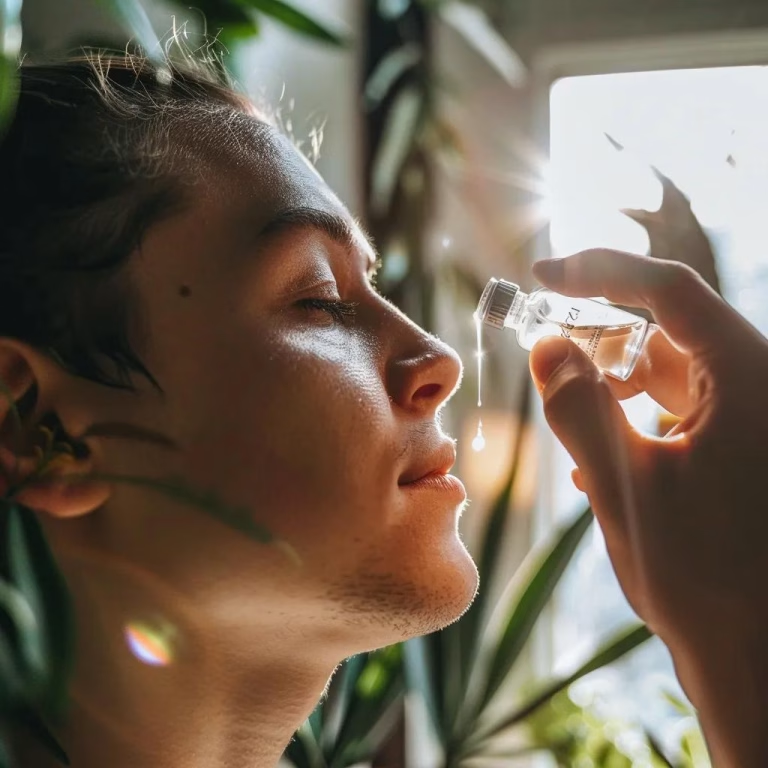Revolutionizing Glaucoma Care with iDose TR: A New Option for Managing High Eye Pressure
Introduction
Glaucoma is one of the leading causes of irreversible vision loss worldwide. A major risk factor is elevated intraocular pressure (IOP). Traditional glaucoma treatments often rely on daily prescription eye drops, but many patients struggle with adherence, side effects, or the burden of frequent dosing.
Enter iDose TR — an FDA-approved, all-in-one implantable device that continuously delivers medication to lower eye pressure. It offers a promising alternative for people with open-angle glaucoma or ocular hypertension who want to reduce dependence on eye drops. Glaukos iDose® TR+2Glaukos iDose® TR+2
In this post, we’ll explain how iDose TR works, its advantages, candidacy criteria, risks to know, and what patients can expect. (Disclaimer: Always consult your eye doctor — this blog is for educational purposes.)

What is iDose TR?
- iDose TR is a travoprost intracameral implant (75 µg) that is placed directly inside the eye through a minimally invasive procedure.
- Once implanted, it continuously releases the prostaglandin analog (travoprost) 24/7 to help reduce IOP — eliminating or reducing the need for daily eye drops in many patients.
- The implant is very small — “barely visible to the human eye.”
- Clinical studies showed that approximately 8 out of 10 patients were free of prescription eye drops at 12 months after implantation.
Why Consider iDose TR Over Traditional Eye Drops?
- Improved adherence and consistency
Many patients struggle to apply drops correctly, forget doses, or discontinue therapy over time. In fact, studies show that up to 90% of glaucoma patients on drops aren’t fully compliant.
Because iDose TR delivers drug continuously, it removes that burden. - Stable, continuous delivery
Instead of the peaks and troughs associated with eye drops, the implant provides a steady dose to the eye’s anterior chamber. - Minimally invasive procedure
The implant is placed via a small incision in an outpatient setting, and many patients return home the same day. - Potential for earlier intervention
Rather than waiting for disease progression, a more interventional or proactive glaucoma approach may slow vision loss.
Who is a Candidate for iDose TR?
Not everyone is eligible. Here are some of the criteria and contraindications:
Indications (per prescribing info):
- Patients with open-angle glaucoma (OAG) or ocular hypertension (OHT) who need reduced IOP.
Contraindications / caution required if:
- Ocular or periocular infection
- Corneal endothelial dystrophy (e.g. Fuchs) or prior corneal transplantation
- Narrow anterior chamber angles (iris too close to cornea)
- Hypersensitivity or allergy to its components
- Eyes that already have an iDose TR implant (cannot re-implant)
Your eye doctor will evaluate your eye anatomy, corneal health, angle structure, prior surgeries, and risks before recommending iDose TR.
Procedure, Recovery & What to Expect
- The implant is placed under sterile conditions via a small incision, often under local anesthesia.
- The procedure is minimally invasive and done on an outpatient basis. Most people go home the same day.
- Medication takes effect almost immediately after implantation.
- Recovery is generally fast. Your ophthalmologist will monitor for side effects such as eye redness, inflammation, or pressure fluctuations.
- Regular check-ups are required to confirm the implant stays in place; dislocation is a possibility.
Risks & Side Effects
While iDose TR has been well-tolerated in studies, it is not without risks. Some of the more common or notable ones:
- Increase in intraocular pressure (IOP)
- Inflammation of the iris (iritis)
- Dry eye symptoms
- Visual field defects or reduced clarity of vision
- Pigmentation changes (iris darkening) — pigment changes may persist even after discontinuation.
- Device dislocation (requires surgical removal)
- Risk of infection (as with any intraocular device)
Because the implant is inside the eye, and unlike topical drops, it has to meet higher safety standards. That’s why candidacy and careful follow-up matter a lot.
iDose TR vs. Eye Drops — A Comparison
| Feature | Eye Drops (Topical Therapy) | iDose TR Implant |
|---|---|---|
| Dosing frequency | Daily (or multiple times a day) | Once, continuous delivery |
| Adherence risk | High — patients may skip or mis-dose | Low risk of missed dose (device does it for you) |
| Side effects (surface irritation) | Frequent — burning, stinging, redness | Less on ocular surface, but risks inside eye |
| Need for follow-up | Routine, to check IOP, side effects | More intensive monitoring initially, implant checks |
| Invasiveness | Non-surgical | Minimally invasive surgical insertion and potential removal |
iDose TR is not necessarily meant to replace all drops in all patients, but it offers a compelling option especially for those challenged by compliance or looking for a more long-term, hands-free solution.
Patient Experience & Real-World Adoption
Many eye care practices are now offering iDose TR to patients, promoting it as a “reliable, continuous, drop-free” solution.
One article noted:
“During a clinical study, 8 out of 10 patients did not need prescription eye drops 12 months after administration of iDose® TR.” Harvard Eye Associates
Some patients especially benefit if:
- They have difficulty instilling drops (tremor, arthritis, dexterity issues)
- They forget drops or skip doses frequently
- They experience local irritation or side effects from topical therapy
- Their glaucoma is not adequately controlled despite drops
However, not everyone is suitable — candidacy must be determined by the ophthalmologist.
Questions to Ask Your Eye Doctor
- Am I a candidate for iDose TR given my eye anatomy and disease stage?
- What are the risks and benefits for my eyes specifically?
- How often will follow-up visits be after implantation?
- What happens if the implant needs removal or dislocation occurs?
- Will insurance cover it, or is there financial assistance available? (iDose TR has a patient savings program in certain cases)
- If I already use drops, how will the transition work?
Call or Request Your Appointment Today!
iDose TR represents an exciting shift toward sustained, hands-free glaucoma management. For suitable patients, it offers a way to bypass the challenges of daily drops and potentially reduce disease progression through a more consistent therapy.
If you or a loved one has been struggling with glaucoma or elevated eye pressure and are curious about alternatives to daily eye drops, talk to your eye doctor about iDose TR. You can also schedule a consultation with our experienced ophthalmology team to learn whether iDose TR is right for you.
Request an appointment with Advanced Eye Care Center today to explore your glaucoma treatment options and take the next step toward clearer, healthier vision.





